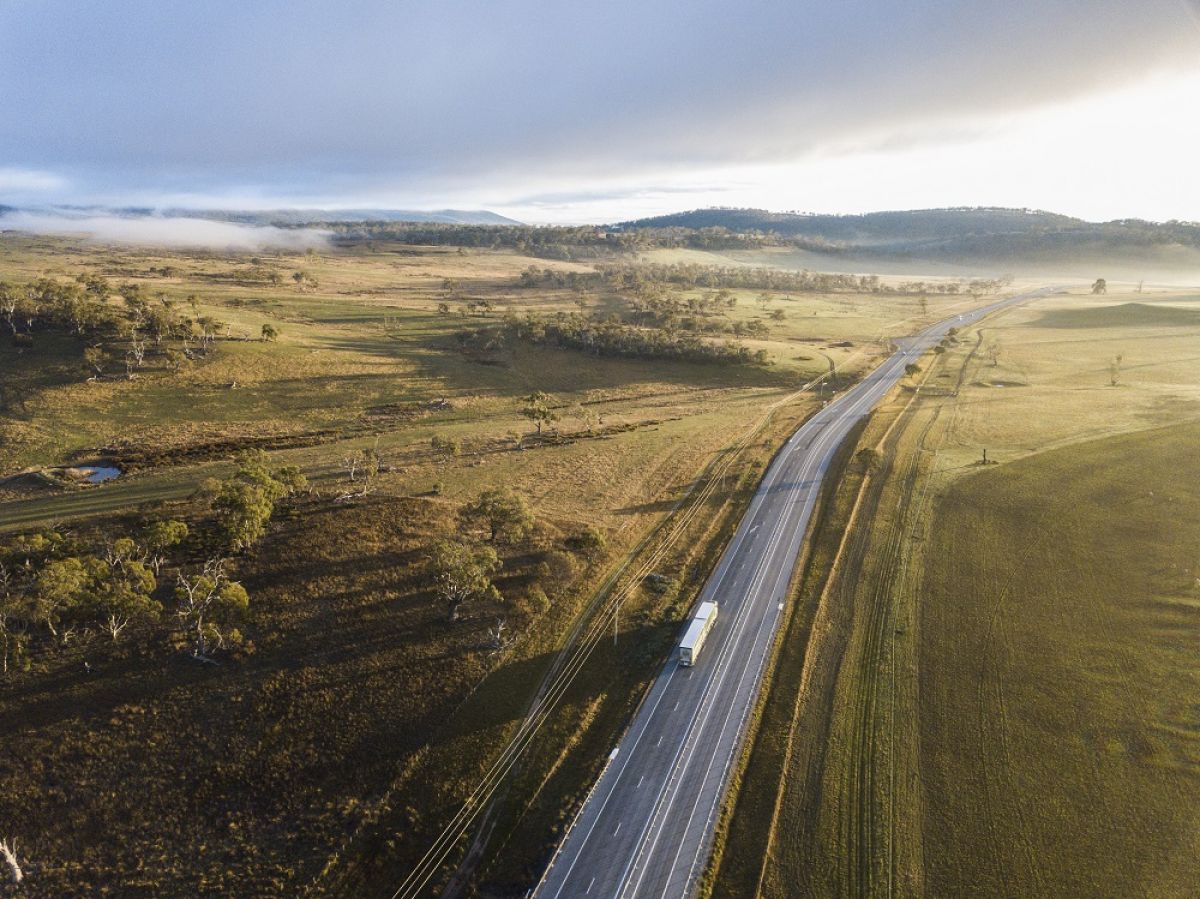About the program
We are improving road safety and decreasing driver frustration by providing a safer road with more overtaking opportunities.
The safety upgrade includes the installation of a flexible safety barrier to reduce the number of head on crashes and will include road widening, extending sealed shoulders and building additional overtaking lanes. We continue to deliver this important project.
Learn more about our 10 Year Action Plan here.
One project remains to be completed
Section B of the Campbell Town North project is yet to be tendered and delivered.
EPBC - preliminary documentation public notification
Current projects
The following projects were completed in early 2024
- Ross – from Ross to Campbell Town
- Oatlands – from Jericho to Oatlands
- Campbell Town North - Section A
Completed projects
- Perth Link Roads
- St Peters Pass to South of Tunbridge
- Epping Forest to Powranna
- White Lagoon (Tunbridge) to Mona Vale
- Symmons Plains to south of Perth
- South of Tunbridge Stages 1 and 2
- Kempton to Melton Mowbray Stage 1
- Mangalore to Bagdad Stage 1 (Bagdad)
- Mangalore to Bagdad Stage 2 (Mangalore)
- South of Kempton
- South of Spring Hill
- North of Spring Hill
- Mud Walls Road Junction
- Kings Meadows roundabout
- Perth-Breadalbane Duplication
- Conara to Cleveland Stage 1
- York Plains to St Peters Pass
- Kempton to Melton Mowbray Stage 2
- Ross
- Oatlands
The program so far
This transformative $565 million plan started construction in 2015, with the goal of improving road safety and minimising the number of crashes on this important route between Hobart and Launceston.
We are on track to complete the Midland Highway 10 Year Action Plan on time in 2025.
In 2014 the Australian Road Assessment Program assessed the safety of the highway before upgrades, with one star being the least safe and five stars the safest. In this assessment 86% of the Midland Highway was marked with 1- or 2-stars.
The Midland Highway Action Plan is providing significant upgrades to provide a consistent minimum 3-star rating along the route.
Of the 153 km highway included in the plan, we have upgraded approximately 123 km, with a further 30 km to go.
Work is underway on the final three projects in Oatlands, Ross and North of Campbell Town.
- built dual carriageways between Launceston and Perth
- provided new and safer overtaking opportunities to decrease driver frustration and reduce the
- potential for head-on crashes from unsafe overtaking
- installed 198 km of roadside barriers, reducing the risk of run-off-road crashes
- 135 km of centre median barriers, reducing the risk of head-on crashes
- widened the highway and the median between the lanes
- upgraded junctions by providing better turning facilities
- improved accesses to properties
- sealed road shoulders
- straightened sections of the highway
- installed audible edge lines.
When it’s all finished, we will have a safer and more efficient highway, with:
- 50% three-lane carriageway
- 15% four-lane carriageway
- 35% two-lane carriageway
Dual carriageways are provided at locations where traffic volumes are higher - generally near Launceston and Hobart.
About 20,000 vehicles a day travel the highway into Launceston and about 10,000 through Brighton. This drops to 4,500 to 5,000 vehicles a day between Kempton and Campbell Town and 7,500 between Campbell Town and Perth.
By comparison, the Southern Outlet carries about 40,000 vehicles a day between Tolmans Hill and Kingston, the Huon Highway at Grove averages 10,000 vehicles a day and the Tasman Highway averages 40,000 cars a day at Mornington and over 24,000 at Cambridge.
The Action Plan has delivered four-lane carriageways at Perth. The provision of a four-lane highway elsewhere will remain a long-term goal which will be achieved by upgrading in a staged process as traffic volumes increase.
What has been completed











